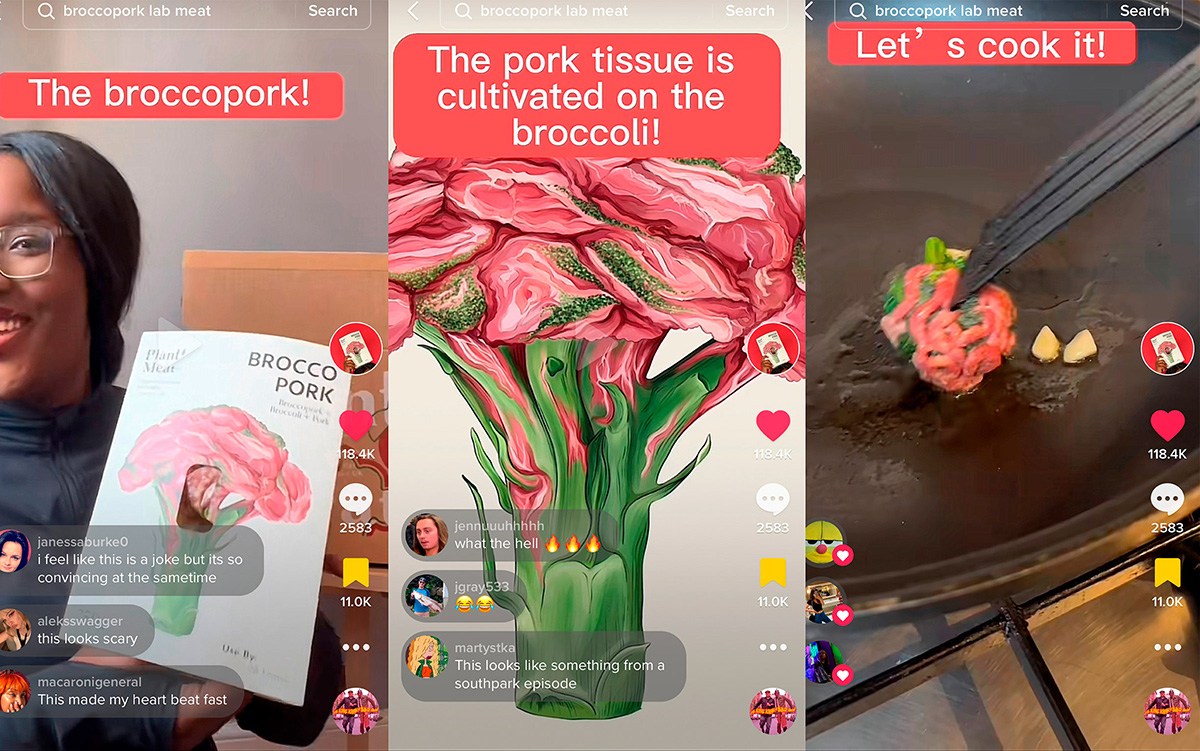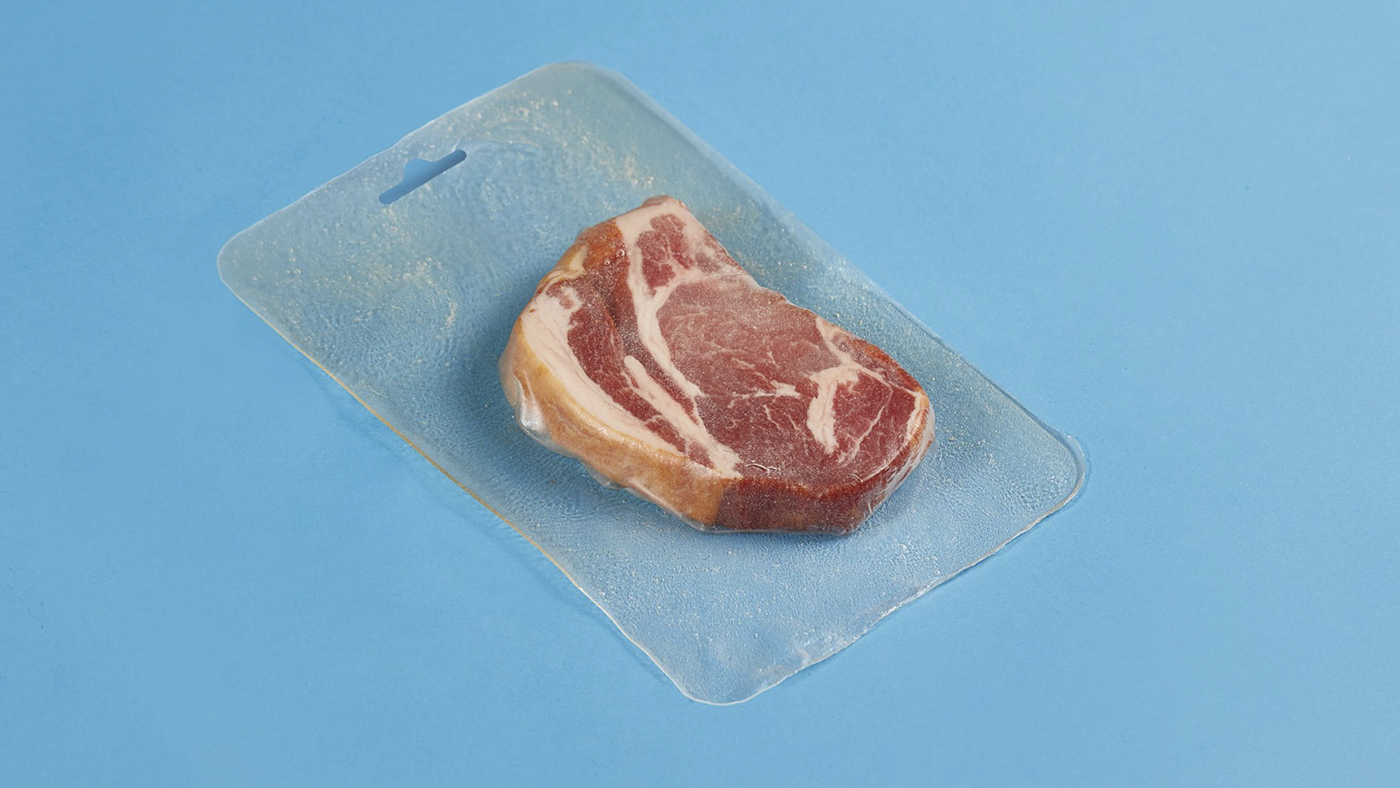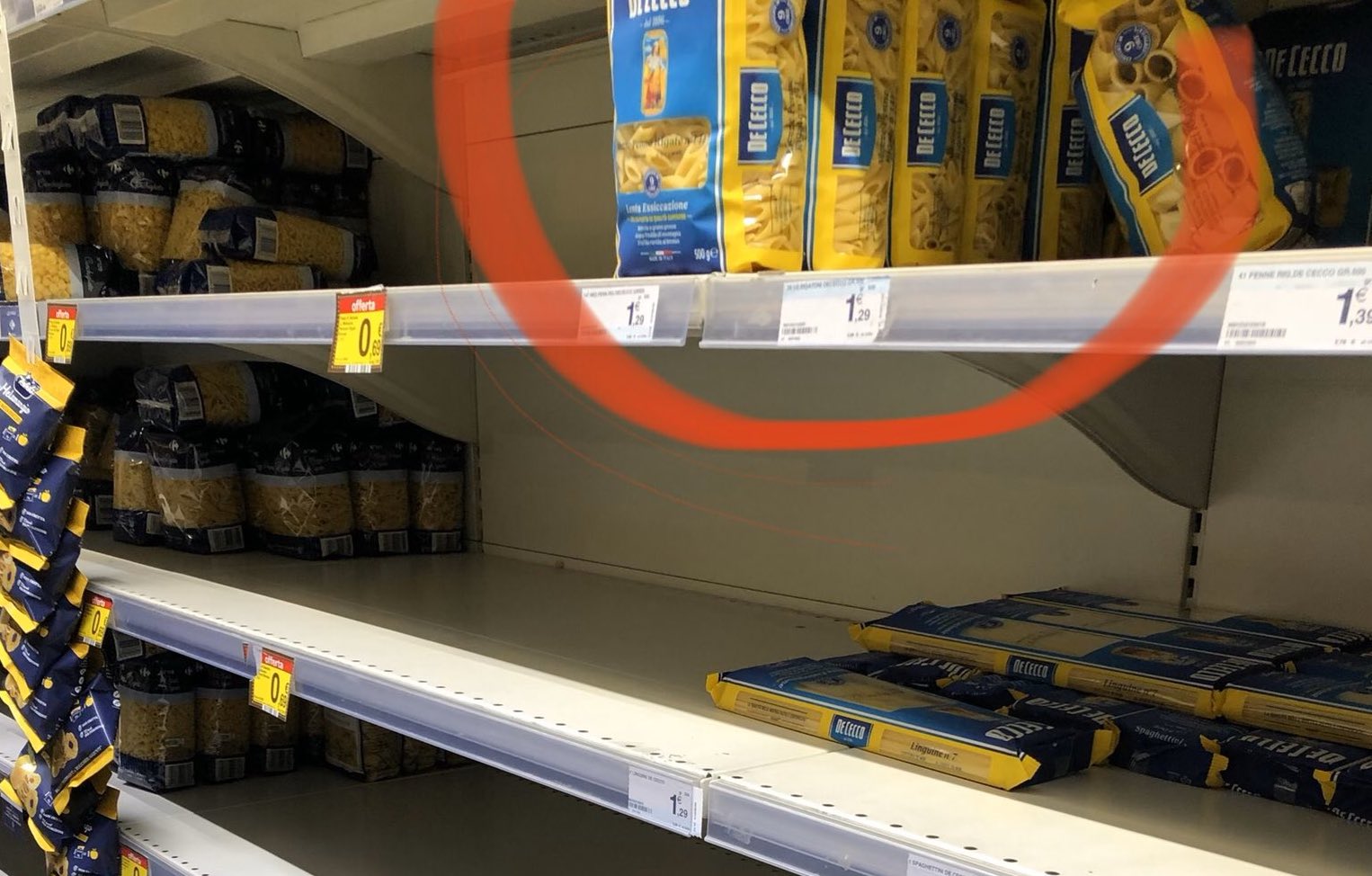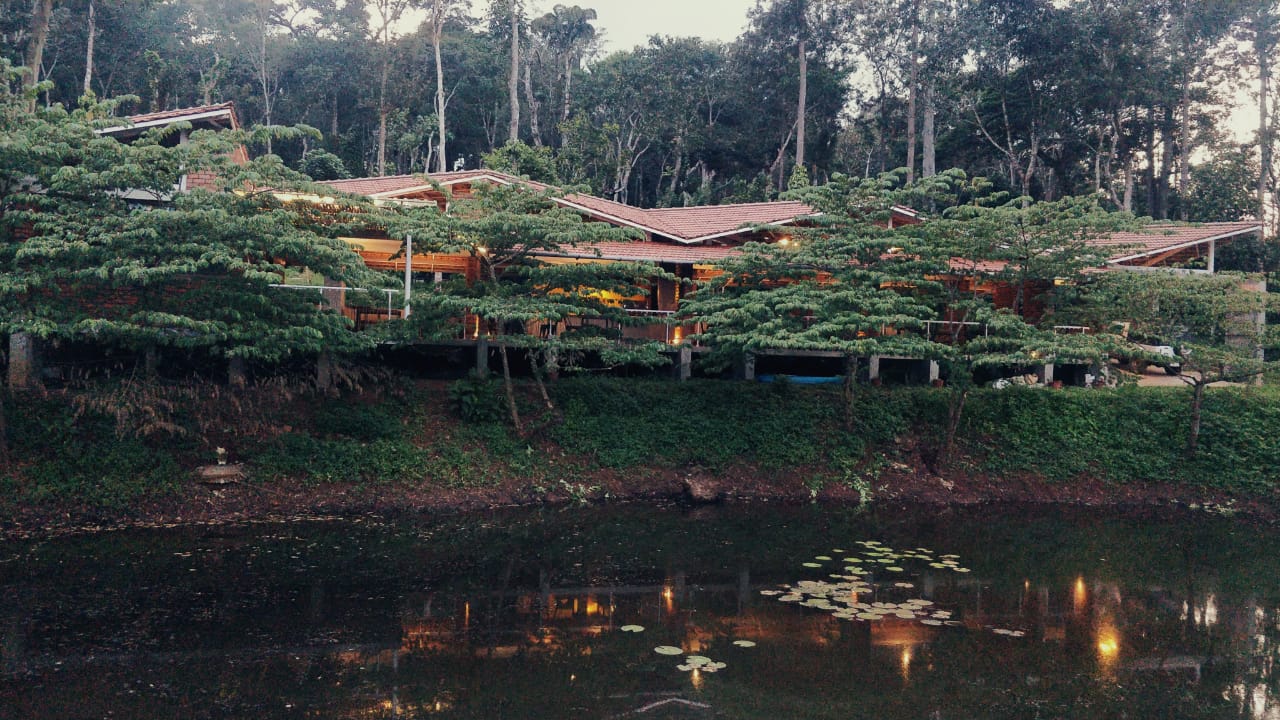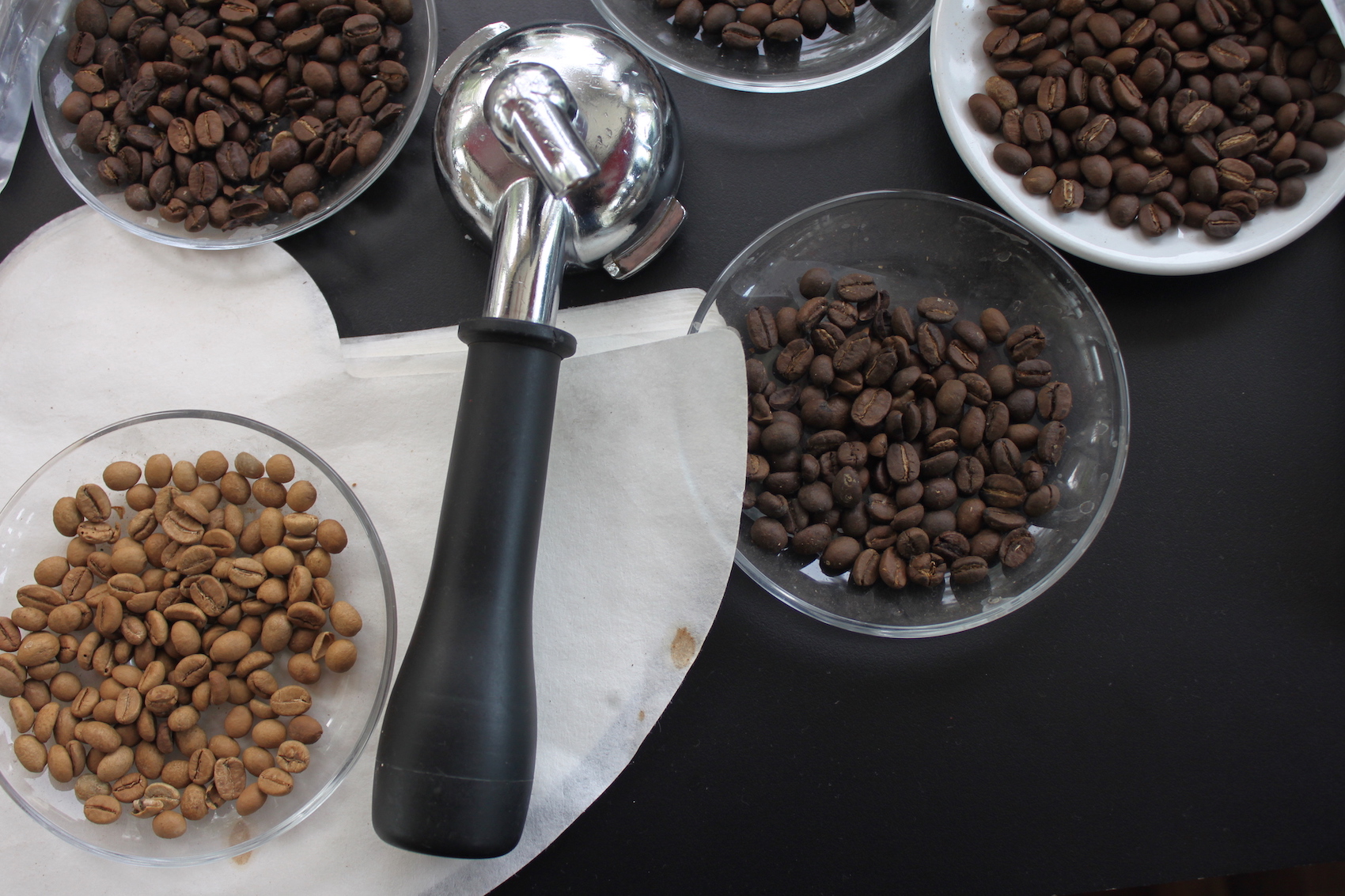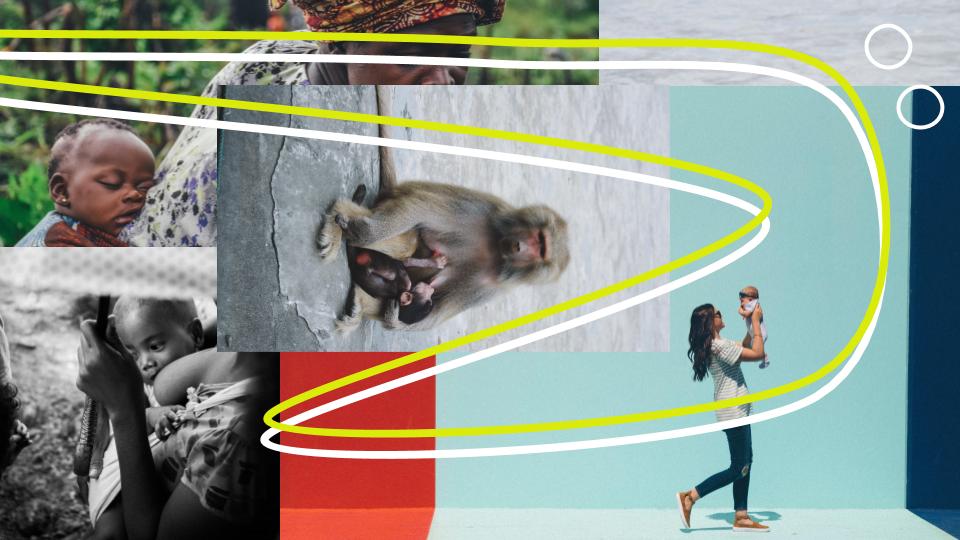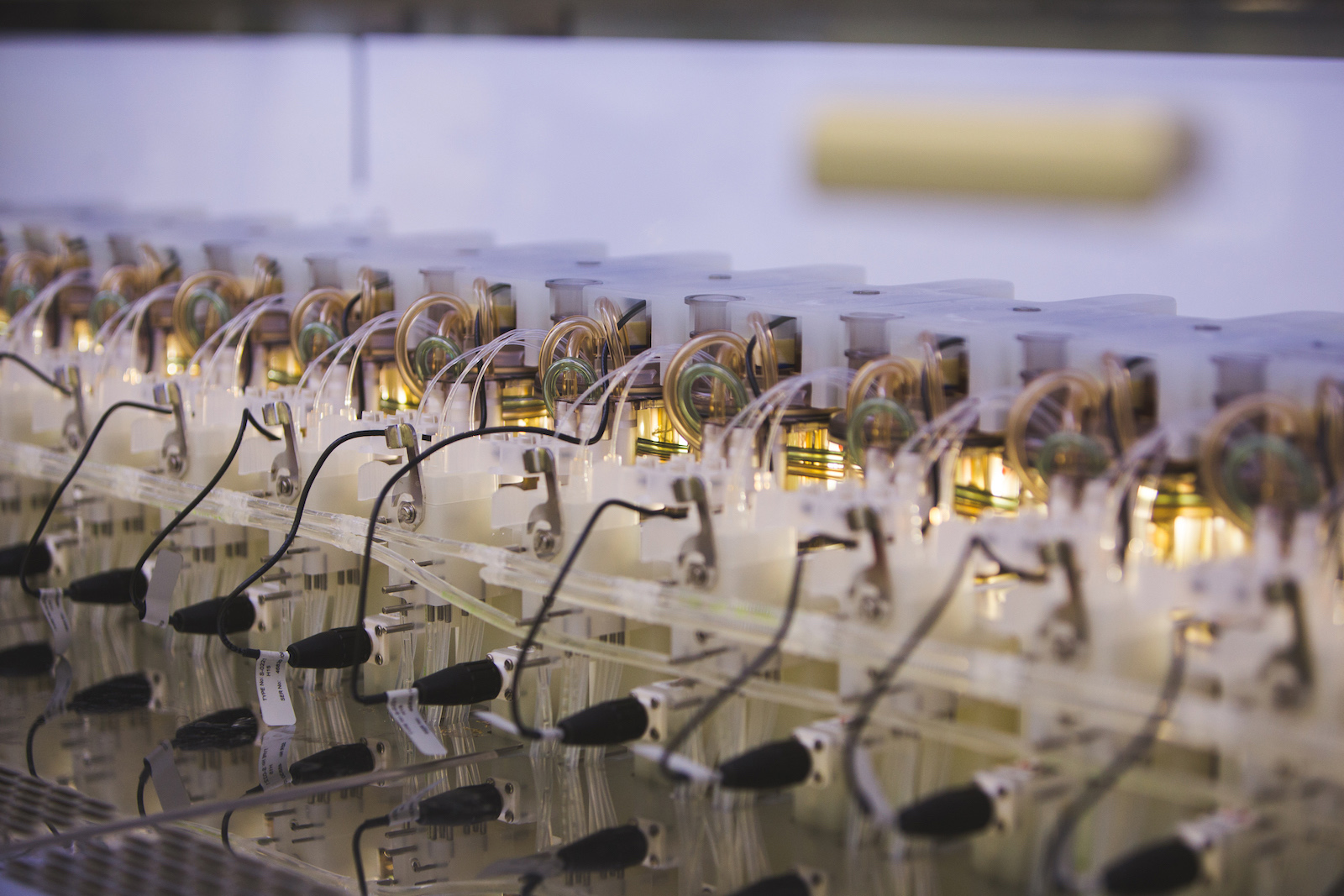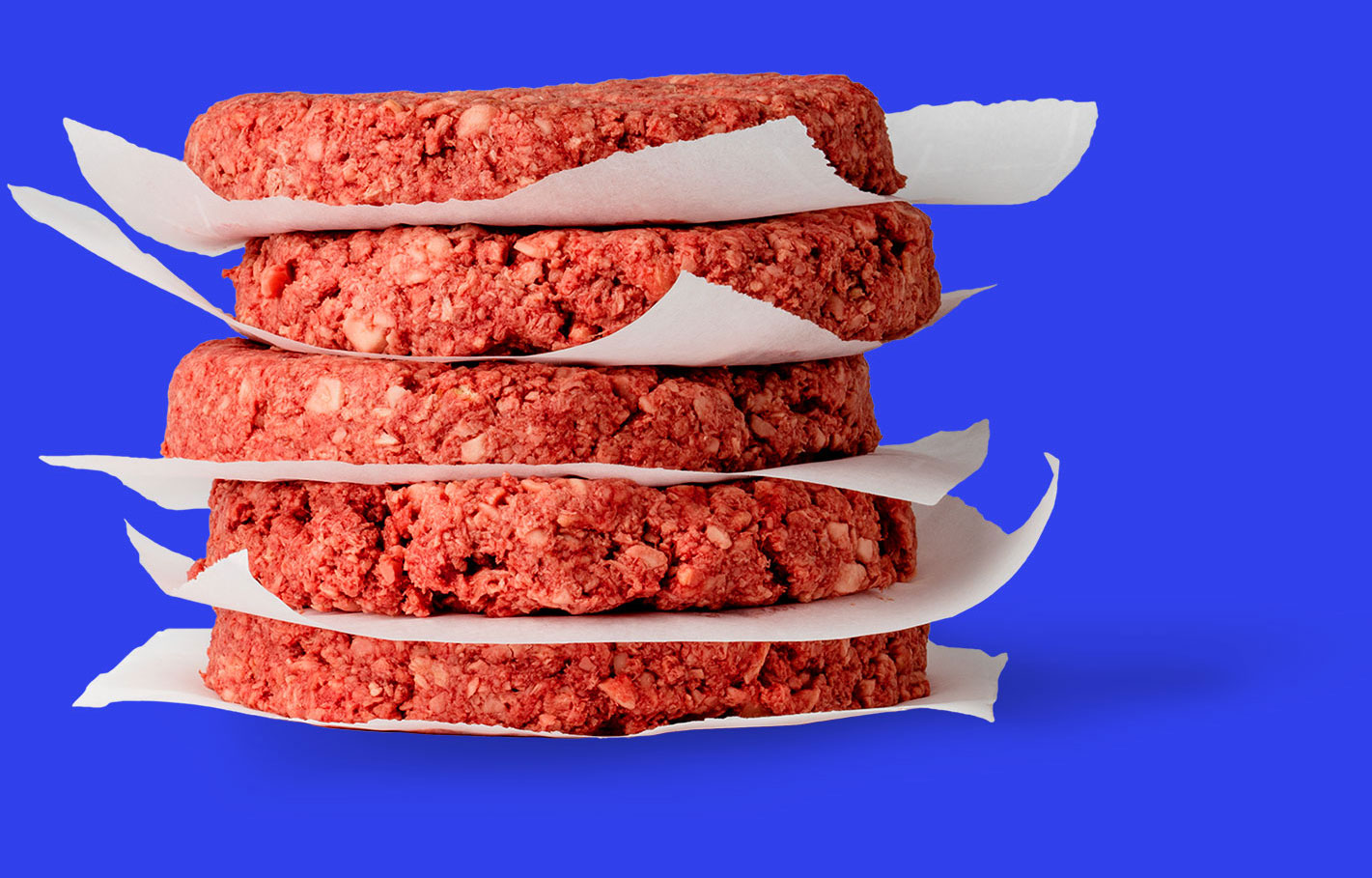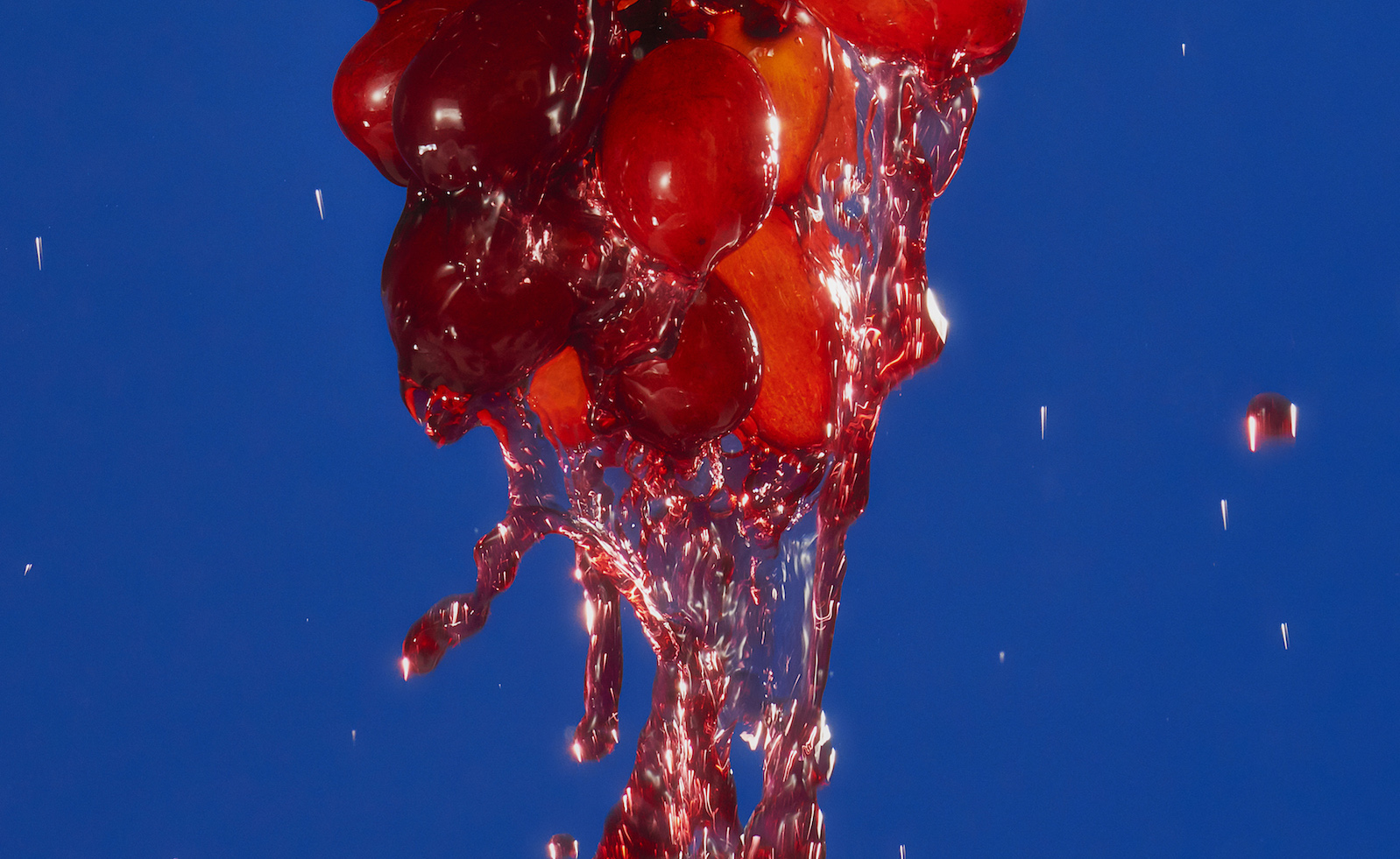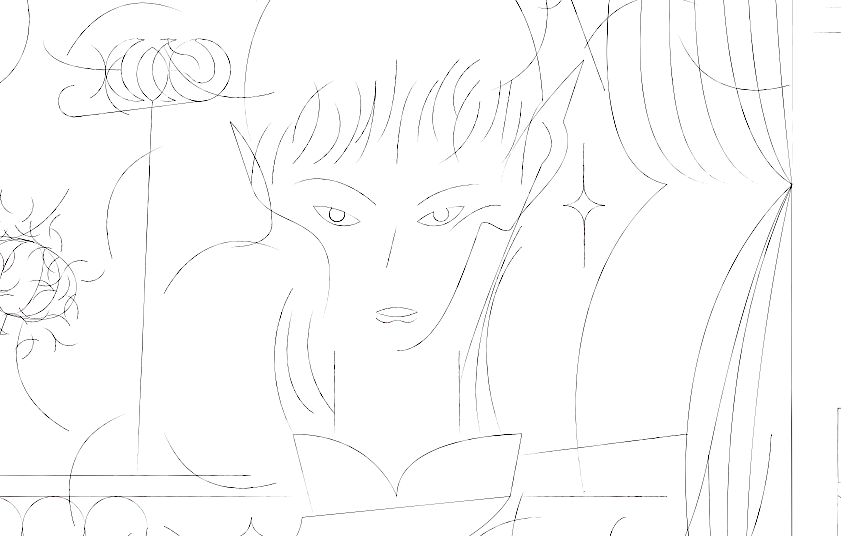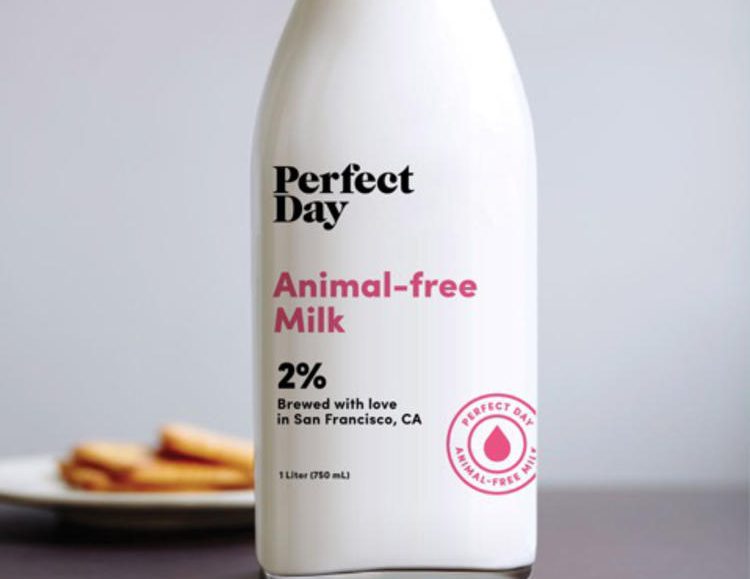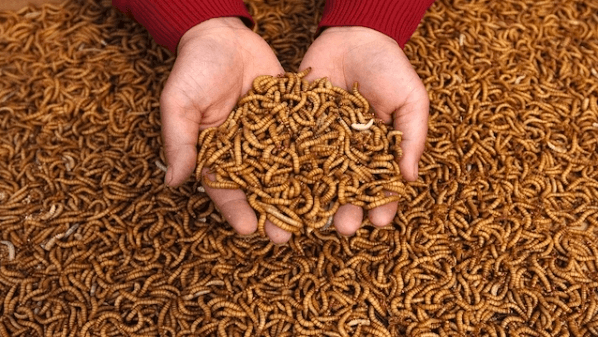This work of commissioned fiction is part of MOLD Magazine: Issue 04, Designing for the Senses. Order your copy of the full issue here.
The rain had just stopped but the streets were still crowded with citizens who had come out to fill their collection vessels with water. Children ran naked amongst stalled vehicles—a mandatory stop during rain hours to avoid accidents. Scientists had calculated the amount of water needed per capita and now with the programmed global weather control system, the satellites report on an optimal rain delivery for the region—it was just a matter of the global collection systems working properly to satisfy the needs of the population. In the cities, the rain arrived daily. More remote settlements would get water periodically and counted on larger collection stations.
Terraforming a planet had entered a new phase with the arrival of pipeless water delivery. A controlled mechanism to form clouds and influence barometric pressure as well as temperatures within them gave the global government a seamless system for transferring water between places, saving millions of credits in infrastructure, but also allowing for the easy colonization of new territories. The plumbers, once responsible for the guts of the city, were promoted to run the clouds and water collection systems placed in homes.
Immediately after the rain, while the city is still under the trance of water filtering through its pores, I visit the Undergreen. It is the last place unknown to the authorities. Society can satisfy your every need—mundane or otherwise—but some of us are still cognitively tied to the pleasures of the past. Although society might label these pleasures as “vice,” there is something in us that hasn’t reached the optimal evolutionary state. Today, I venture to the Undergreen to scratch that itch—to search for a software cartridge to load into my sensory holopack.

In order to access the virtual space of the Undergreen through one of its multiple dimensional entrances, I set myself up for the task with my glasses and sensorial pack. Simple gestures from my hands help me move about quickly in this parallel dimension until I find the glitch that will allow me to transfer through. Touching the glitch injects a certificate in my code that acts almost like a virus. It takes control of my motor skills and helps me travel at speeds neither me nor my equipment were built for. Points of visible light get strung out into long beams, and other people in the system become invisible. With what feels like a jump through hyperspace, I am carried to The Shop.
~~~
When humanity made the leap to abandoning meat as an attempt to save the ecosystem on planet Earth, we had no idea the day would come when we could control practically all natural phenomena. Tough choices had to be made. It started with the global warming problem in the XXI century. An old text explained how resource and waste mismanagement thinned layers of the atmosphere, provoking erratic changes in long-established weather patterns. Global warming proved to be an existential threat to humanity. Imagine someone sacrificing an animal or a plant to eat it—inefficiently consuming valuable resources and producing pollutants to do so—and then throwing half of it away while a huge swath of the world’s population suffers from hunger and malnutrition.
First, we reduced the production of meat and fish. Later discoveries about interspecies communication and the rapid establishment of a more equal society based on this knowledge accelerated the call to abolish the practice of consuming any kind of animal protein. How were we supposed to eat a being with beliefs, fears and the ability to communicate? Other non-human species were convinced to do the same and, fairly quickly, a whole world of humans and non-humans moved to eating exclusively vegetable protein—it barely took a couple of hundreds of years.
~~~
The Shop looks like a butchery from the previous era and each interaction is designed to replicate that experience. When ordering a kilo of cow meat, the butcher—The Shop’s owner—performs the ritual of weighing my beefcode, wrapping it in waxed paper, tying it with string and handing it over the counter in exchange for my credits. The credits used are an untraceable version of the latest eCoin—although it’s not quite illegal, protein shots are considered taboo. The marked effect of taking beefcode shifts one’s behavior and communication. It makes you faster—the cocaine of the autotroph. Once out of the Undergreen, I unwrap my beefcode; as I touch it, another code injection gets my sensor pack to provide me with the experience of eating meat. The pack fires my olfactory receptors and taste buds with a cascade of electric impulses. I can “smell” the beef, I can “taste” it. I salivate for real. Bliss.

Or so I think, because I have never done it. Eat meat for real, I mean. The Shop offers us—those that couldn’t detach our DNA from the low-level protein exchange—a possibility to experience something that our bodies demand. Fooling the cognitive system is not enough, but it helps.
But we are the socially despicable. Our cravings are considered to be those of the mentally ill. But I believe we are born with this need. My father had it, and his father before him. It probably goes back many generations. They say my family originated from Quadrant 1, Hemisphere 2. It was called South America then, and they lived in one of the sovereign states, Argentina. From my grandfather I heard stories that they would eat dozens of different types of animal meat—goats, cows, pigs, sheep, chickens. And not even for a special occasion. Just because they could—and they liked it. Argentina was famous for the cow meat, and they’d eat the glands and organs, not just the muscles, which is efficient at least. But now, one has to be contained, one has to be virtuous, one has to follow the light, dance in the rain, and free oneself from the ties of the inherited sin of desire.
And yet, we are not alone. There is not only a black market for meat protein, but also a Shop for vegetable protein.
~~~
In more recent history, our interspecies parliament regulated the act of eating animal protein as an act of cannibalism punishable by death. Once we had learned how to communicate with animals, it was only a matter of time until collective interspecies intelligence was harnessed and we learned how to talk to plants. Can you imagine that people didn’t know that plants of the same species communicate to one another? They don’t just polinize the others’ flowers using whatever means at hand. They actively exchange information, though on a slower time scale compared to communication between animals: sometimes a communication cycle can take a full season, but their messages are more profound. The plants act on a molecular level—by sending chromosonal messages, the plants send contextually rich DNA-based communications.
As with the abolition of animal protein consumption, our nascent communications with plants led to an understanding that it would be criminal to continue eating them. It became urgent to find another source of protein to feed our ever-growing population. The task to develop an alternate source of energy required more than just abandoning our morally questionable eating habits. Thanks to the work of the Aguascalientes’ Human Photosynthesis** research center in Mexico, we began to shift our role in the cycle of life from being mere energy consumers to becoming active producers: autotrophic beings.

It was not easy to generate the genetic alterations we needed to transform into the photosynthetic beings we are now. When the sun touches our skin, our bodies project a green pale and absorb the energy of the sun to fuel the rest of our digestion. Becoming autotrophic meant we could decrease our daily caloric intake since we could produce nutrients from basic elements harnessed by the sun. In that way, we are able to avoid eating other beings. But as life emerges from the nature of the electrochemical exchange of our cells, we risk changing the nature of life itself.
But researchers at Aguascalientes found ways to merge our species with the commonalities of plants in ways that allowed us to keep our identity intact: an advanced CRISPR process modifies the exo-cellular energy exchanges of our skin to harness direct sunlight to create energy. And I barely look any different from my ancestors, save for the more brilliant sheen of my skin. Initially, researchers had to fight XXII century bureaucracy to gather funding for the experiments, but the benefits were soon clear to all. And society, with its standardized mechanism of nutrient absorption and animistic focus, soon bent its moral arc to account for this.
** When I first wrote this story, I had no knowledge about the **real** Aguascalientes Human Photosynthesis research facility. Even if the actual place is just a hoax designed by a really clever engineer that figured out a way to get research money from the Mexican government for his own benefit, I thought it would be insane if it was actually true. So I decided to incorporate it into the story.
~~~
But some things never changed. The cravings for meat that has followed my family for centuries, seem to be our identity, something we cannot get rid of. During the first transition when we all became vegan, the experience cartridges were created to provide a bridge for those who felt like they still needed to experience animal protein, even though we no longer needed the nutrition. The sensory packs would deliver their tiny electroshocks to the tongues and noses of those desperate to revisit the texture and flavor of ribs with barbecue sauce, or a roast chicken. For the plant protein lovers, tofu versions were created during the second transition. By the third transition into complete autotrophy, these Wallace cartridges filled the void as people began to feel untethered to their daily lives without the structure of meal times. This “new nothingness” made them feel as if their lives were not worth living.
The complexity of the Wallace cartridges (named after a XXI century writer who had predicted their use in a novella, another artifact of the day: there are Shops in the Undergreen that sell these books too) is such that only quantum computers can process them. Although the computing power is available at any hardware store these days, the energy required to simulate an animal or vegetal meal far exceeds the actual energy to grow a vegetable or raise an animal for slaughter. Cartridges were first condemned as morally incorrect, and later became illegal. The energy needed to consume the Wallace cartridges was considered more valuable than filling the nothingness of our new photosynthetic existence.
Some adjusted and learned about the synesthetic values of photosynthesis. They supposedly see colorful auras around one another, hear music and enter a green ecstasy as they transform sunlight into nutrients. I do not. Only the cartridges get me going. I have to make my way to The Shop and get a dose a couple of times per week. If I got caught doing this, I would lose my job, my wife would probably leave me, and the judges would take away any possibility of me seeing my kids. At the same time, our oldest seems to have inherited the family curse, I heard him talking in his sleep. I wonder whether I should bring him to The Shop with me next time.
